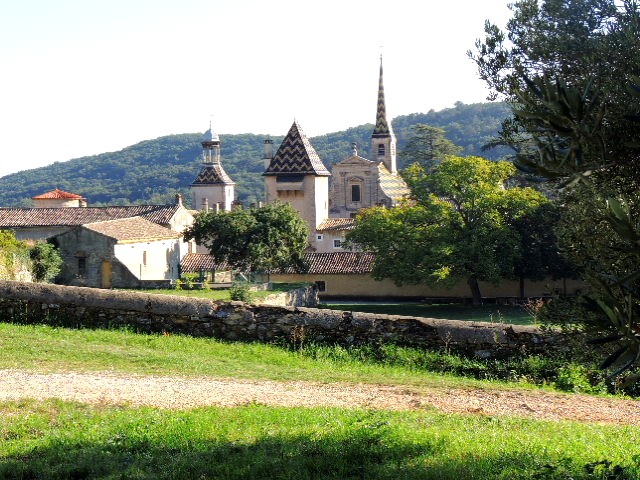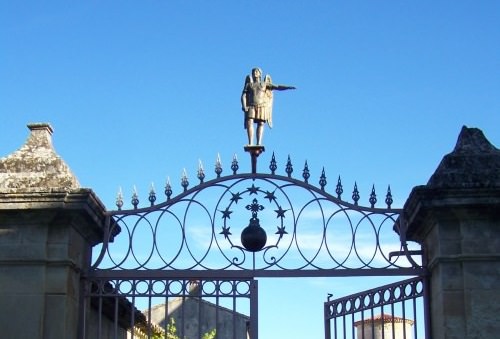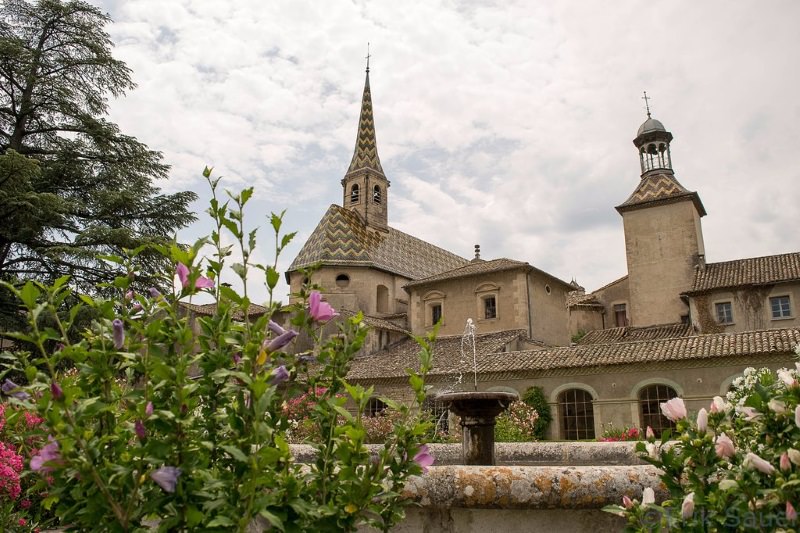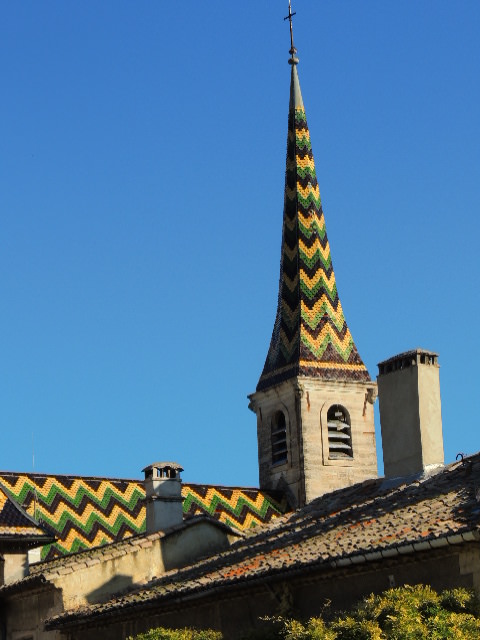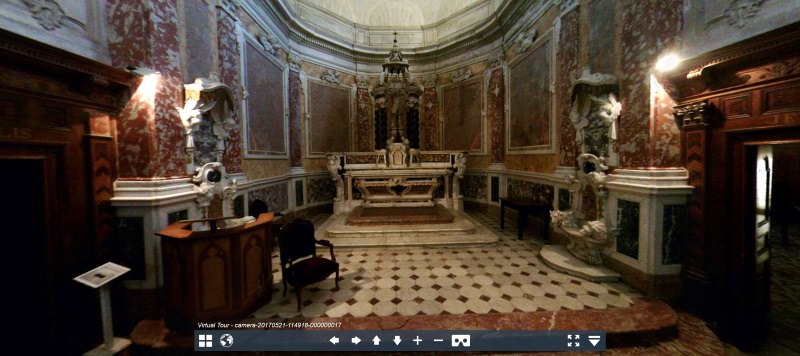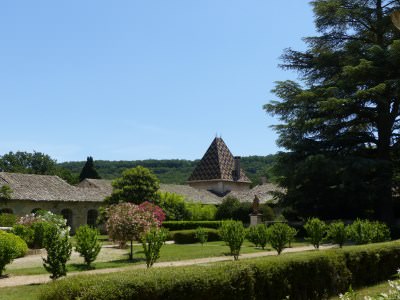

History
From the 10th-11th centuries, a small convent of Benedictine nuns was built in the valley, at the heart of the forest: "Our-Lady of Bondilhon". The nuns abandoned their convent at the end of the 12th century as the site had become unsafe. At that time, the bishop of Uzes, Guilhem de Vénéjan, attentive to the heretical peril that the Cathars represented to the estates of the Count of Toulouse, entered into relations with the Carthusian Order of Saint Bruno and permitted them to build a new monastery in 1204.
Thus was founded on February 10, 1203 the forty-first house of the Carthusian Order.
Beginnings were difficult, as for so many other monasteries. About ten monks who arrived in the forest of Bondilhon, had to reclaim and make habitable the small valley which was granted to them. Still today, a part of the buildings are built upon immense arches to assure proper drainage. This valley, returned to fertility by the constant labor of the Carthusian monks, became "vallis bona" (the "good valley"), or Valbonne.
Thanks to the numerous donations that were made to them, the Carthusian Order was quickly at the head of a large domain in the region. Their riches, their influence, their reputation for being intercessor to God, their works of charity which redistributed a large share of the received donations to the needy persons of the region - all this could only cause jealousy and greed on the part of their noble neighbors. Illustrations of this are the conflicts with the priorate of Saint Peter of Saint-Saturnin-du-Port (town now called Pont-Saint-Esprit).





